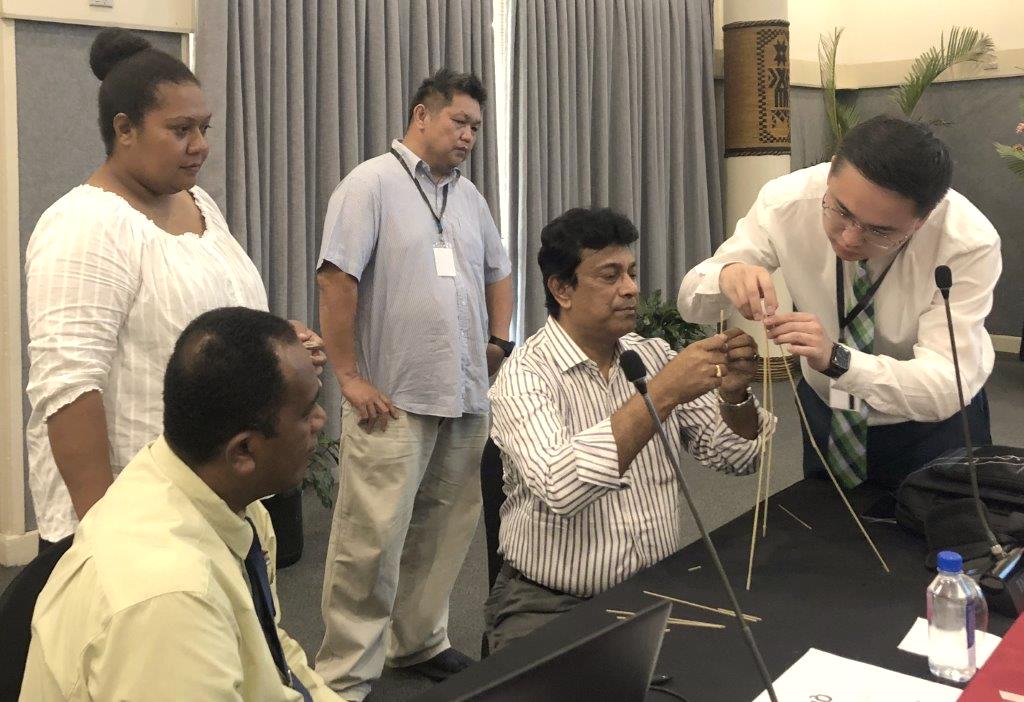
Select Page

While rural community development efforts must address diverse aspects, the need for economic improvement and social inclusion is widely agreed on. Differences in geographic, demographic, and development patterns affect the specific issues rural areas in Asian Productivity Organization (APO) members are grappling with to achieve sustainability. However, attracting businesses and the young to rural communities, creating employment, and adopting technologies to support the elderly, women, and those with physical disabilities in being more productive in agriculture can revitalize rural communities in all economies. Social inclusion is also critical. Although six of 10 agricultural workers in Asia are women, they do not always enjoy equal access to technologies, investment, and other facilities. Government-driven productivity initiatives backed up by private-sector cooperation are critical in creating sustainable, inclusive rural communities.
In cooperation with the National Training & Productivity Centre (NTPC), Fiji National University (FNU), the APO organized a workshop on Rural Community Development for Sustainable and Inclusive Growth in Nadi, 18–22 November 2019. It reviewed case studies of sustainable rural economies using localized productivity approaches, strategies encouraging inclusive social protection, and government efforts for rural revitalization. The 21 participants from 14 APO members plus five from host Fiji all represented agencies and organizations specializing in rural community development. They were welcomed to the workshop by Dr. Isimeli Tagicakiverata, Director of the NTPC. Following his remarks, chief guest Permanent Secretary David Kolitagane of Fiji’s Ministry of Rural and Maritime Development delivered the inaugural address summarizing national efforts to raise productivity and therefore living standards in rural areas.
Three international resource persons from Japan, Uganda, and the UK reported on their varied experiences, spanning Africa, Asia, and Europe, in assisting rural revitalization. Stakeholder participation and management were emphasized by all three as a means to achieve sustainable rural societies involving all walks of life. For example, Dr. Shinichi Shigetomi, Professor of International Studies, Meiji Gakuin University, Japan, offered convenient frameworks for inclusive, sustainable rural community development utilized in Thailand and other Asian settings. Etienne Salborn, the German founder of the Social Innovation Academy, Uganda, explained innovative community asset mapping as a foundation for development initiatives and led interactive sessions on its applications, which were cited by participants as both enjoyable and useful.
The two Fijiian resource persons, Acting CEO Ravi Chand of the National Centre for Small and Micro Enterprise Development and Department of Food Science and Home Economics Head Arti Pillay of the College of Engineering, Science and Technology, FNU, also gave presentations and facilitated workshop sessions. Their contributions were especially appreciated during the three instructive site visits arranged during the workshop. The first was organized to Wang Chao Farm, a noni (Morinda citrifolia) farm providing employment to nearby settlements. The second visit was hosted by Mr. Sunil’s Farm, a model operation on previously unused land now producing cash crops. The third was to Viseisei, a traditional Fijian village where women use local resources to create handicrafts and generate household income. All provided examples of government-supported efforts by rural dwellers to balance economic development and social inclusion so that all individuals can be appreciated as productive members of sustainable communities. The participants’ follow-up action plans adapted elements from those examples to fit their own rural community development needs.